What Does Cumin Taste Like? Discover Its Earthy Flavor
Cumin, a spice with ancient roots, has intrigued culinary enthusiasts for centuries.
Its distinctive aroma wafts through kitchens worldwide, sparking curiosity about its unique flavor profile.
Countless home cooks and professional chefs incorporate this magical ingredient into their favorite dishes.
The warm, earthy essence of cumin transforms ordinary meals into extraordinary culinary experiences.
Regions across the globe celebrate this spice differently, each adding its own cultural twist.
Nutritionists and food lovers alike appreciate cumin's remarkable versatility in both traditional and modern cuisine.
Understanding its complex taste can elevate your cooking skills and expand your gastronomic horizons.
Dive into this flavorful journey and uncover the secrets behind cumin's captivating character.
What Cumin Actually Is
Cumin grows wild in regions near Eastern Mediterranean and East Indies. This plant reaches heights between 12-24 inches and carries slender stems spreading 8-12 inches. Plants from parsley family develop delicate leaves measuring 2-4 inches with thin thread-like sections.
Small white or pink flowers bloom within plant clusters. Each plant produces small oblong fruits around 4-5mm containing single seeds.
Cumin serves as a significant spice across global cooking traditions. People have used this seasoning for centuries, especially in Middle Eastern meals and various side dishes. Cooking experts recognize cumin's essential role in creating delicious recipes.
Unique characteristics set cumin apart from other herbs. Chefs and home cooks appreciate its special qualities in seasoning different meals. Cumin brings distinctive flavors that enhance many food preparations.
Seed or Powder – What’s the Deal?
Cumin comes in two main styles: whole seed and ground, with ground cumin being most popular. Different recipes call for specific types, so you can pick what works best.
Whole seeds shine when added early in cooking. They release flavor by soaking in hot oil, giving dishes a special taste. Ground cumin offers more flexibility and can be mixed in at any point to boost a meal's aroma.
Whole cumin seeds pack a stronger punch with a sharper scent compared to ground versions. Shoppers can easily find this spice in most grocery and convenience stores across the country.
Let’s Talk About Cumin’s Flavor
Cumin packs a strong punch of smell and taste. This spice delivers earthy and warm notes with a rich, hearty profile that carries a hint of bittersweet flavor. Its slightly bitter edge and intense aroma make it a favorite chewing spice for many people.
Spiciness might seem prominent when first tasting cumin, but its heat does not match pepper or chili levels.
Cumin works magic with root vegetables, drawing out their natural sweetness. It also enhances meat flavors, especially in beef and lamb dishes. Missing out on cumin-seasoned meals would be a real shame.
Cumin instantly adds depth to countless dishes, making it a key ingredient in Middle Eastern, Indian, and Latin cooking styles.
Cumin’s Health Perks
Cumin seeds pack more than just taste for meals. Packed with goodness, these small seeds offer significant health perks. People who enjoy cooking know cumin brings powerful benefits beyond flavor. Here are key health advantages of cumin seeds:
Supports Good Digestion
Cumin helps your stomach work better. Key nutrients inside this spice boost health defense.
Special oils in cumin wake up stomach acid and help break down food.
Digestive enzymes like pancreatic amylase and lipase create natural juices for processing meals.
Lipase enzymes team up with liver bile to handle fat digestion in your small intestine.
Amylase breaks starches into sugar, giving you energy.
Cumin can make your digestion faster and smoother.
Helps Manage Diabetes
Natural remedy helps control blood sugar by boosting insulin production. Scientists continue researching cumin's health benefits.
Medical experts recommend cumin water for people managing diabetes. Start your morning with warm turmeric tea mixed with cumin spice.
You could see improvements in your overall health.
Aids In Weight Loss
Losing body fat comes with multiple strategies. People can try a smart health approach by mixing a special spice into meals.
This method helps manage weight effectively. Plus, it reduces harmful fat levels circulating in blood, supporting overall wellness.
Aid Respiratory System
Cumin oil helps clear breathing by breaking down thick mucus stuck in lungs. People with asthma and cold symptoms can benefit from this natural remedy.
Its strong smell and healing properties work to clean out chest congestion quickly and effectively.
Improves Memory Skills
Cumin packs powerful minerals that help brain cells work well. Key nutrients like vitamin B6 and riboflavin support mental sharpness.
Users might notice improved memory and quicker thinking when adding this spice to meals. Research shows cumin offers significant health benefits for people seeking natural ways to boost brain performance.
Calms The Skin
Cumin carries powerful bacteria-fighting abilities that help clear skin problems. Medical studies show this spice reduces skin inflammation and tackles pimple-causing germs.
Vitamin E within cumin works to smooth skin texture and reduce aging signs like wrinkle formation. Washing your face with cumin water helps maintain healthy, clear skin with a natural shine.
Lowers Cholesterol Levels
Cholesterol plays a key role in body health, but high levels might lead to dangerous problems. Blood vessels can get blocked when cholesterol builds up, which increases heart attack risks.
Star fruit helps lower bad cholesterol through its fiber content. Sodium and potassium in this fruit work like body salts, helping protect heart health and reducing potential disease dangers.
Downsides of Using Too Much Cumin
Cumin spices up dishes from India, Middle East, and Latin America. Home cooks keep this seasoning stocked in their kitchen cabinets.
Medical experts warn about possible risks when people use too much. Like many ingredients, cumin has positive and negative impacts.
Here are side effects people should understand:
Helps With Heartburn
Gas from cumin might spark heartburn. Chest pain appears right after meals when digestion feels uncomfortable.
Can Harm The Liver
Cumin seeds have oil that can quickly change and potentially damage liver health. Long-term consumption of large cumin amounts might negatively impact your liver's well-being.
May Cause Low Blood Sugar
Low glucose can cause serious health problems. Medical signs might appear when sugar levels drop too low.
People could feel weak or pass out after long-term heavy cumin use. Doctors recommend checking blood sugar frequently to prevent dangerous medical situations.
Has A Narcotic Effect
Cumin might cause some side effects like brain fog, stomach upset, and sleepiness. Because of its sedative qualities, people should be careful and avoid taking too much of this spice.
How to Make Cumin at Home
Cumin powder brings warmth to many dishes. Home cooks can quickly make this spice at home. Kitchen skills help create fresh ground cumin. Here's what you need to know:
Step 1: Get Ingredients Ready
Raw seeds need washing carefully under clean water. Water helps remove dirt, mold, and small bits stuck on seed surfaces.
Seeds slide clean as water flows over them. After cleaning, drain all extra water completely.
Let cumin seeds dry naturally.
Step 2: Roast Cumin Seeds
Roasting seeds reduces their bitterness and enhances flavor by creating more earthy and warming scents. Seeds can be roasted through three different methods.
Pick clean spots to prevent dust from settling on seeds.
Heat will dry seeds quickly in around 3 minutes.
Put it on the stovetop and spread washed seeds across its surface. Set temperature to low-medium.
Stir seeds constantly until they develop a rich aroma and turn slightly darker.
Remove pan from heat, transfer seeds to a plate, and let them cool down.
Step 3: Finished Dish
Making Ground Seeds without Grinder: Small Seed Amounts Work Best
Seeds can break down easily by pressing hard on a rolling base. Carefully move your hand across seeds to crush them into tiny bits.
Keep rolling until seeds turn into coarse powder.
Seed Powder with Grinder: Easy Machine Method
Moving seeds into machine jar happens quickly.
Start machine operation to grind seeds smoothly. Seeds will transform into fine powder with minimal effort.
Step 4: Storing Your Food
Keep powder in a small container and store it somewhere cool. Powder stays good for one month at room temperature and can last up to 6 months when you freeze it.
Ready to Cook With Cumin Now?
Cooking isn’t something you’re born with, it’s something anyone can pick up by following helpful videos or recipes. Here are some of my favorite ways to enjoy cumin’s cozy, earthy flavor:
Cumin Substitutes That Work Well
Cumin shares close connections with several kitchen staples. Home cooks can swap this spice easily when supplies run low.
Good replacement options match cumin's warm, earthy flavor profile. Smart kitchen tricks help people keep meals tasty even without exact ingredients.
Ground Coriander Spice
Spice lovers know coriander from Middle Eastern, Latin, and Indian cooking styles. Coriander brings a soft lemony and earthy flavor to meals, offering a gentler taste compared to cumin.
Coriander works great as a cumin substitute, and cumin can replace coriander in recipes. Cooks should follow careful measurement guidelines when swapping these spices to maintain balanced flavors.
Caraway Seed Spice
Caraway shares roots with parsley and cumin. Its taste closely mimics cumin but feels milder.
When swapping cumin, use caraway seeds instead of ground caraway to match cumin powder's profile.
Chili Powder Spice
Chili powder works great when you need a cumin swap. This spice adds strong heat to dishes like tacos and chili.
Use half the amount of chili powder compared to cumin in your recipe.
Curry Powder Blend
Cumin adds special taste to this mix. It creates unexpected flavor notes in your meal.
Turmeric brings warm yellow color that makes food look appealing.
Garam Masala Spice Mix
Spices from India, South Africa, and Mauritius bring special magic to meals. Cooks sprinkle this flavor near the end of cooking to release its special taste.
People enjoy its warm and zesty notes that make dishes smell wonderful.
Paprika Spice
Paprika brings a smoky touch and warm color to dishes. Start with just a little bit and slowly add more until you like how it tastes.
Fennel Seeds
Fennel seed brings a different taste option you might want to try. Its licorice flavor sets it apart from cumin.
While fennel seed doesn't have the same smoky or earthy notes as cumin, it still works well as a replacement.
Cumin also serves as a good swap for fennel seeds.
Both spices can easily replace each other in many recipes.
Cumin Taste and FAQ Rundown
1. What does cumin taste like?
It’s earthy, a little spicy, and has a warm, nutty flavor with citrus undertones.
2. Can you eat cumin seeds whole?
Yes, whole seeds are safe to eat and often used in cooking, but ground cumin is more common for a smoother texture.
3. Is cumin good for you?
Cumin is known for aiding digestion and may have some antioxidants, but it’s best used as a seasoning.
4. How do you use cumin in cooking?
Add it to soups, stews, spice blends, or sprinkle on roasted veggies and meats for extra flavor.
5. Does cumin taste hot or spicy?
Cumin isn’t hot like chili pepper, but it does have a gentle warmth and a bit of sharpness.
A Global Favorite: Cumin
Cumin spices up dishes from Middle Eastern, Latin American, Indian, and North African cooking. Don't skip this amazing seasoning. Use it boldly to enjoy its powerful health perks.
Share your cumin stories below. Do you cook with this spice or use it for healing? Drop a comment and tell me about your experiences. Help spread knowledge by sharing this post with people who might want to learn more about cumin's wonderful qualities.

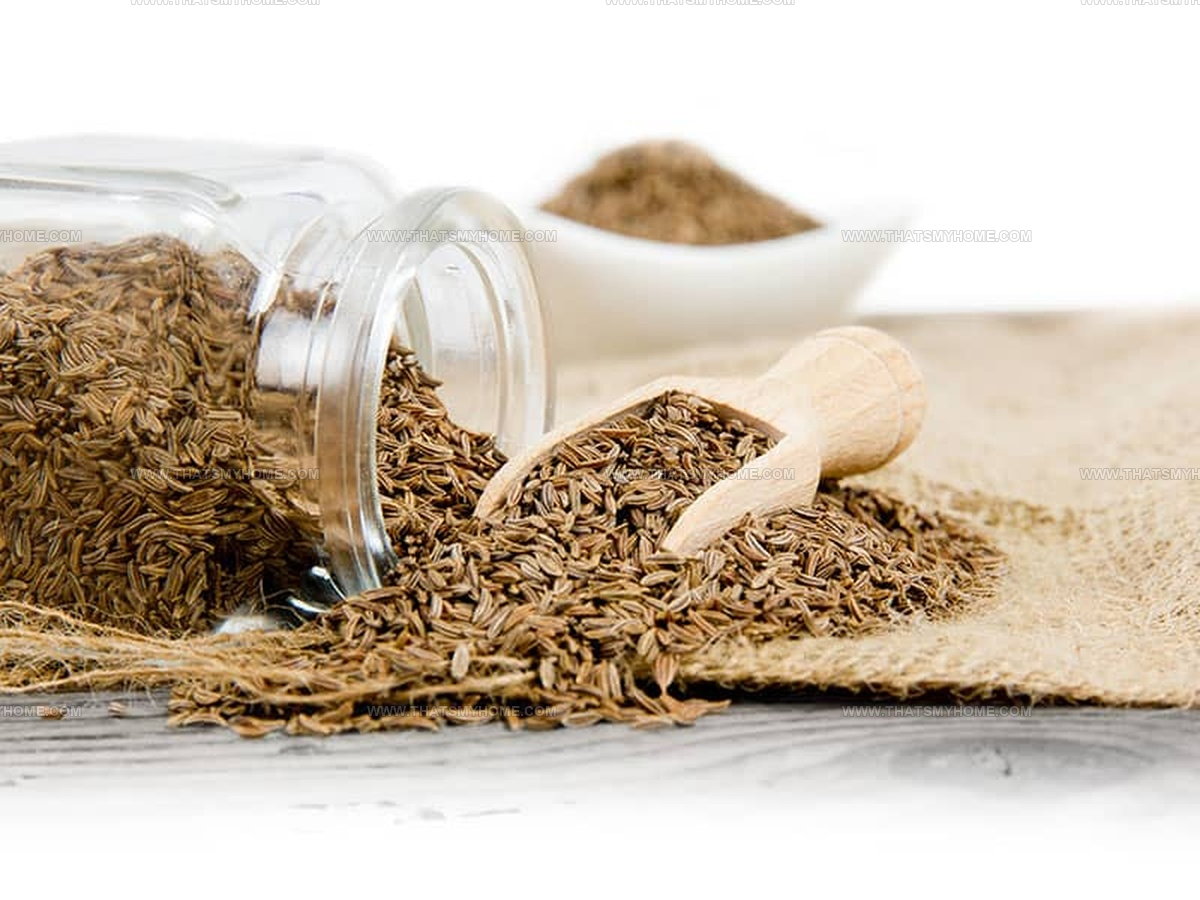
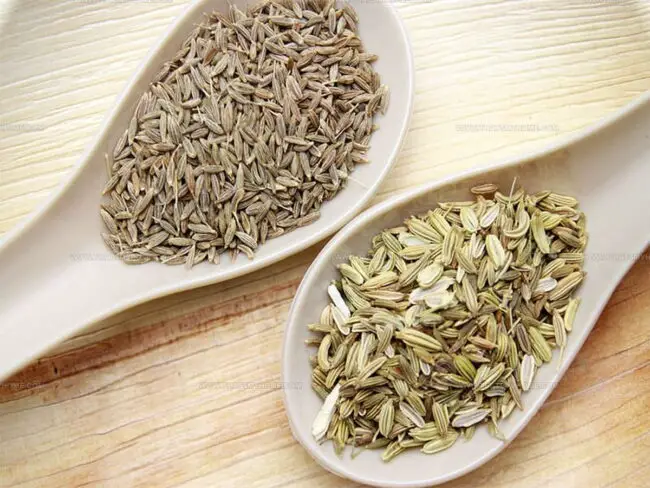








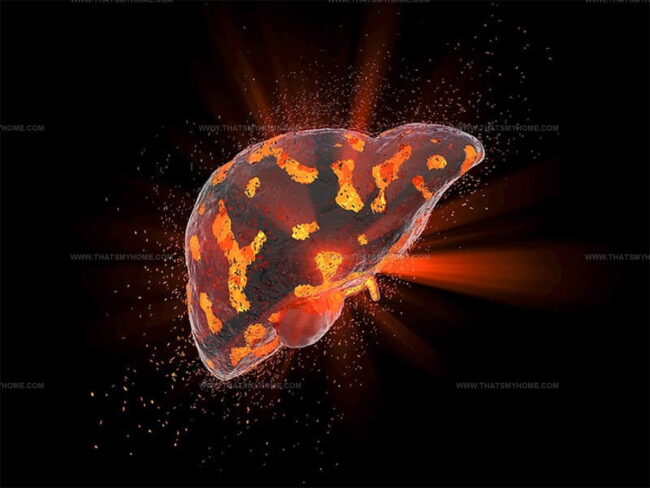


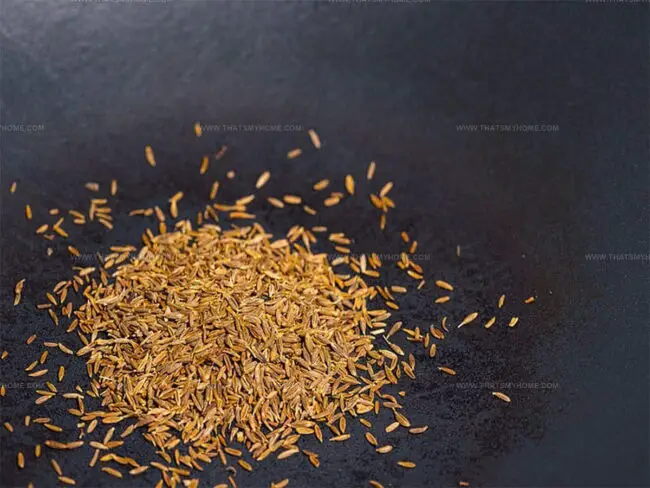
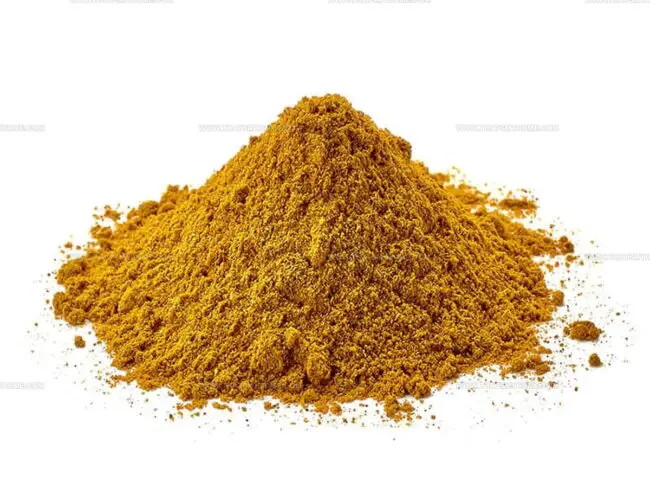

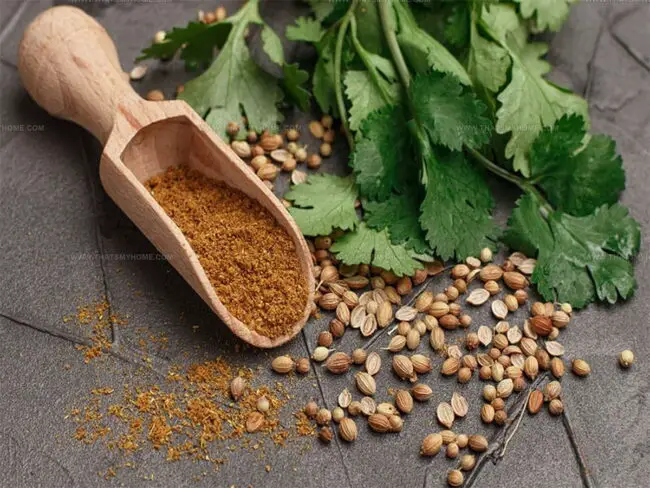
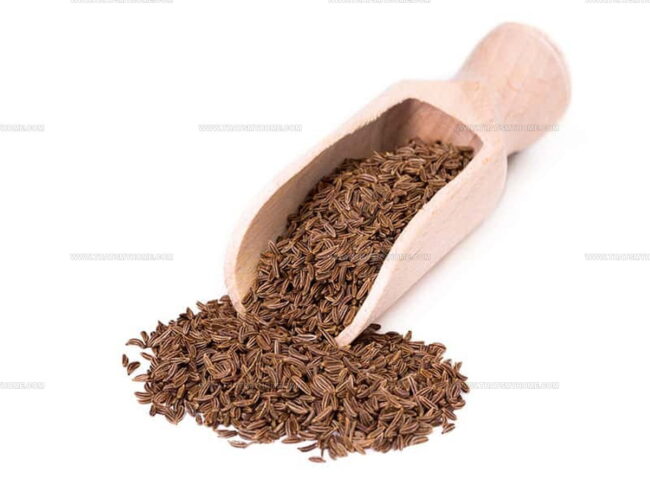
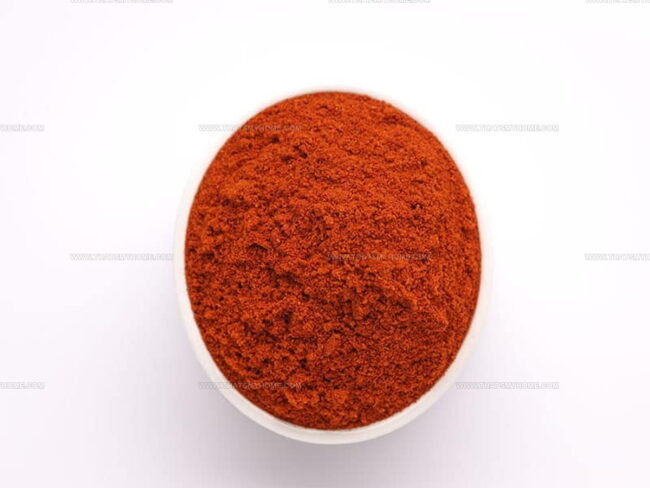
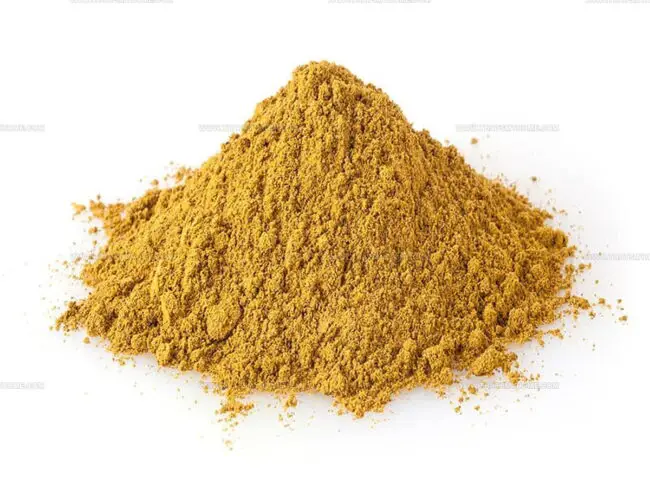
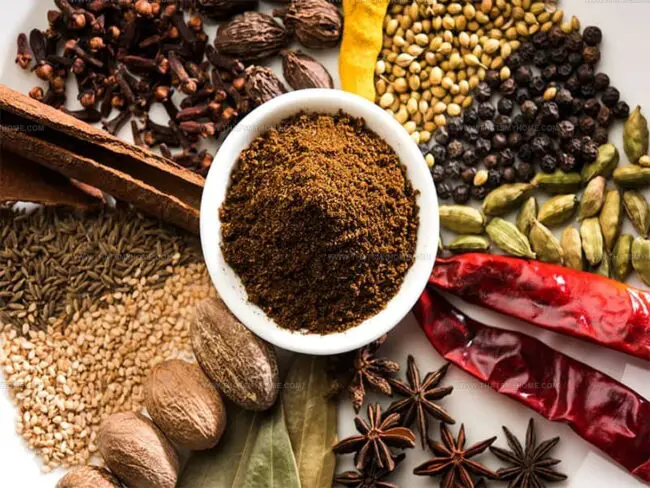
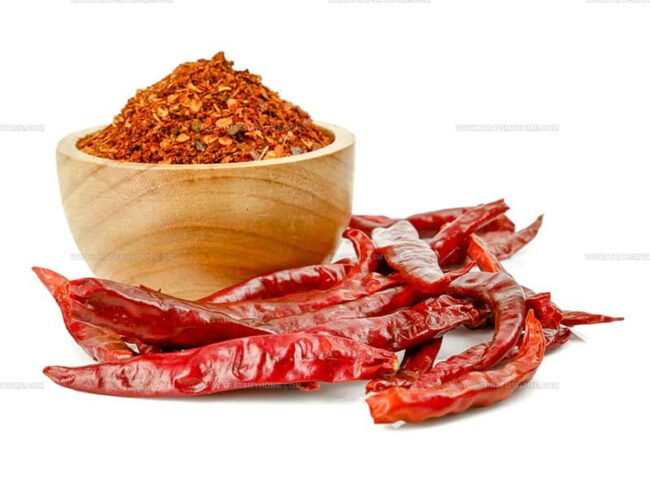
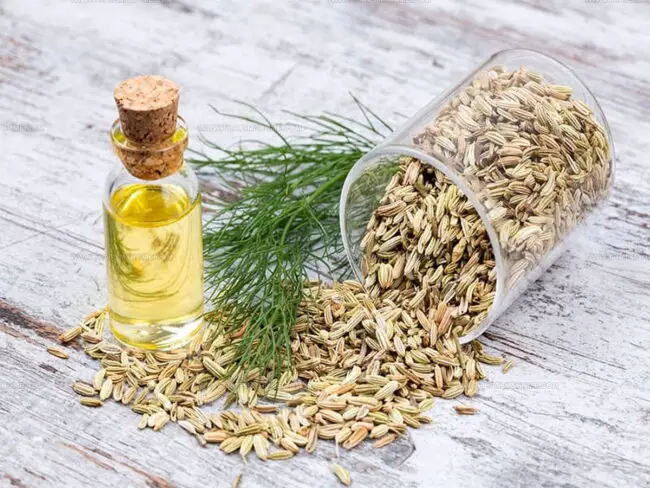
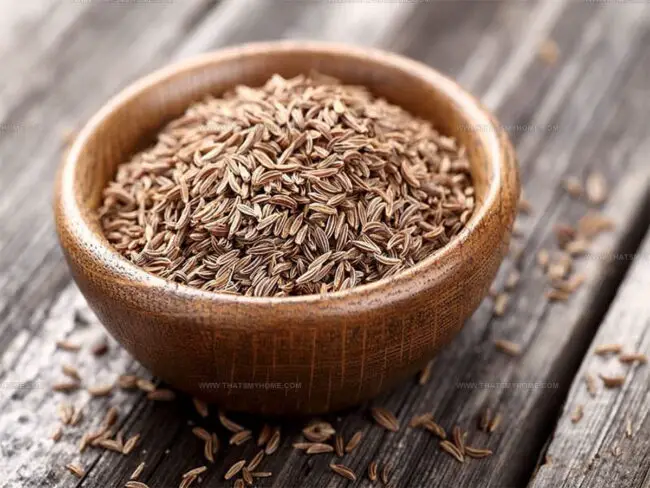
Mary Ellen
Expertise
Education